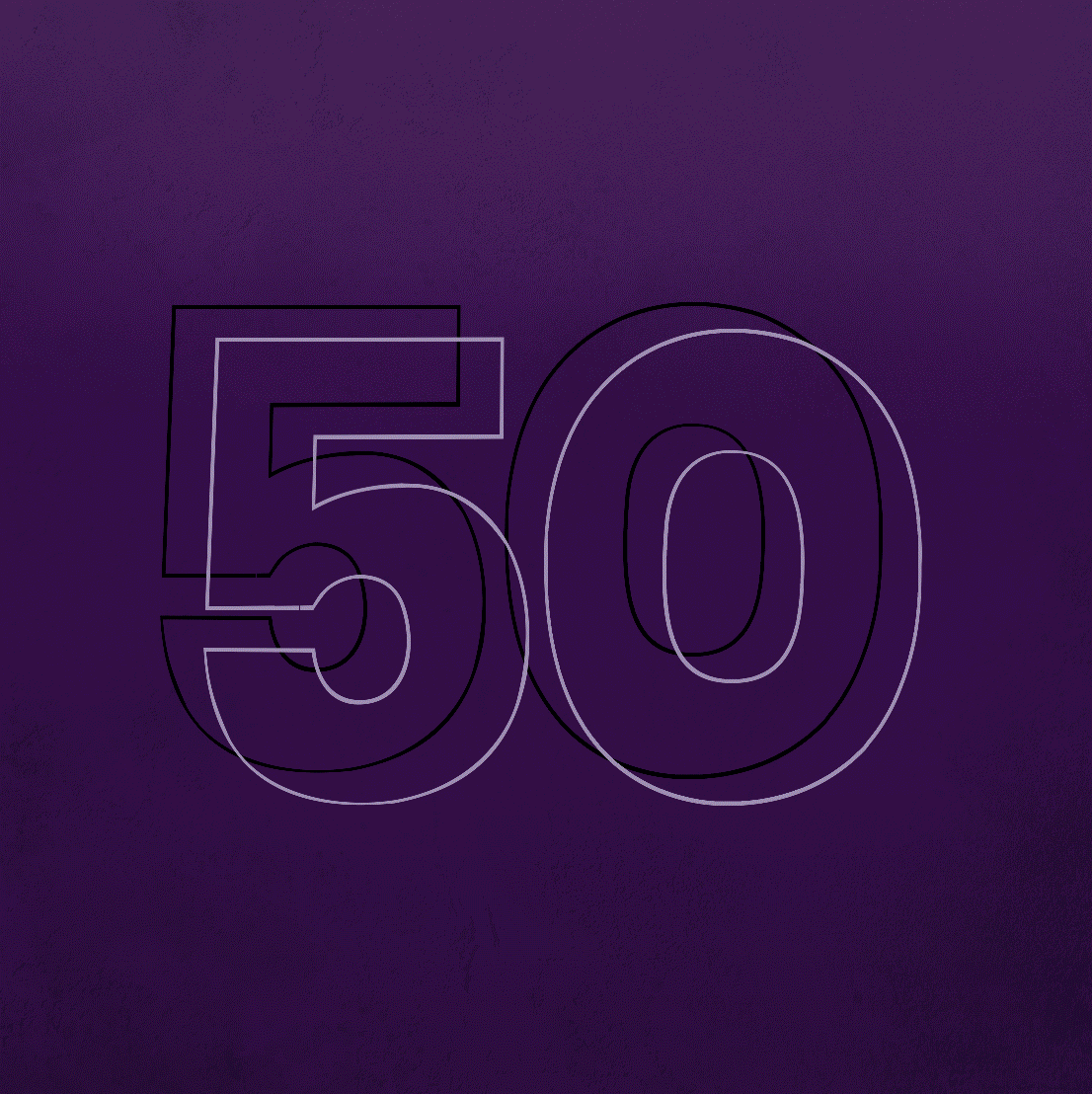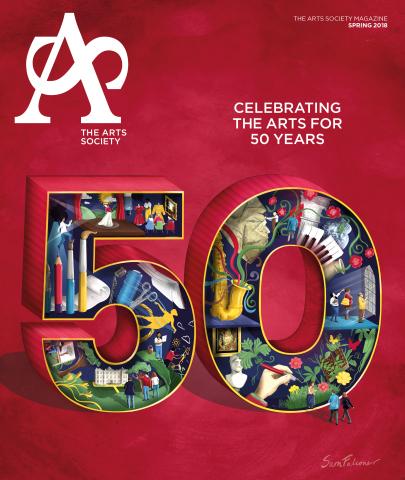This wonderful Cornish workshop and museum is dedicated to the legacy of studio pottery trailblazer Bernard Leach
Creating The Arts Society Magazine’s 50th anniversary edition cover
Creating The Arts Society Magazine’s 50th anniversary edition cover
5 Apr 2018
See how artist and illustrator Sam Falconer designed a very special magazine cover for our golden jubilee – and read on for the full story.

How did you approach the brief for The Arts Society Magazine’s anniversary cover?
I was already aware of The Arts Society, although I admit I wasn’t particularly familiar with the details of its work, so it has been very interesting to find out more! We were keen to show a diverse range of topics to reflect the breadth of The Art Society’s work, which really lent itself to the busy and detailed style of the design.
The illustration includes many details of The Arts Society’s activities over the years, from Church Recording to Young Arts. How did you choose which elements in particular to include?
There were some elements that we always wanted to incorporate, such as a nod to the Society’s historic acanthus motif. But I was fortunate to have some freedom in choosing the areas to highlight, and I think this made for a really fulfilling project.
As I reflected on the different areas of The Arts Society’s work, certain images or scenarios came to mind, which I felt would communicate those ideas, while also being fun to draw. I really just went with the loudest and most immediate of the ideas.
Are there any particular details that you’d like viewers to look out for?
The idea of a painting within a painting is always fun. I like the children’s drawings on the wall within the number five. But it’s hard, being so intimately involved with a piece like this, to see it as others might.
Sometimes, when you go back to look at a work you created a few years ago, you can finally get a sense of being a stranger to it, and see it in that light. I love the idea of each reader responding uniquely and being drawn to different areas that catch their eye.
What does your design process involve – do you sketch out ideas by hand first or work on the computer?
I normally have a vague idea in my head and spend a lot of time mulling it over, rather than going straight to drawing. I’ll then go into Photoshop, work out an initial composition and a sketch of what I was thinking, and then send this off for comments. Then it will be a case of refining and painting directly into Photoshop, until I get to the finished result.
I moved away from drawing by hand after I graduated, as I was mainly collaging elements digitally. However, as time has gone on, I’ve tried to reintroduce a more organic approach, which combines both collage and painting.
How did you become an illustrator and artist?
I had originally planned on doing a computing degree, or similar, on finishing college, but the more I considered my options, the more I felt that this wasn’t right for me. I had some close friends studying art and was envious of how much fun it looked, so I decided to start drawing seriously and made a portfolio, with the hope of getting into art college. On joining my art foundation course, my tutors talked to me about the illustration path. As soon I heard about it as a professional possibility, I was hooked.
I managed to get a place on the Illustration Animation BA at Kingston University in 2008, which was a very rewarding and intense three years. I’ve been fortunate enough to work full time as a freelance illustrator since graduating in 2011. I work for a wide range of clients on a variety of subjects – part of what makes the work so interesting is the constant hopping between topics. And of course, I’m always trying to make time for personal pieces when possible.
Can you tell us a little about your first solo art exhibition, DEEP TIME?
The exhibition grew out of a personal passion of mine, which is to better understand geological time. Many of us are aware that we only occupy a blink of an eye in the grand scheme of things – but trying to actually quantify that really fascinates me. I feel fortunate to live in an age in which we have learned astonishing facts that previous generations could never have known – for example, that the Earth is most likely 4.5 billion years old.
DEEP TIME will be a collection of 20 images, marking key points in the timeline from a human perspective – from the formation of the Earth and the explosion of complex life to the evolution of hominids and, ultimately, modern humans.
Sam Falconer’s first solo exhibition, DEEP TIME, will be shown at The Coningsby Gallery in London from 9-20 April.
About the Author
The Arts Society
JOIN OUR MAILING LIST
Become an instant expert!
Find out more about the arts by becoming a Supporter of The Arts Society.
For just £20 a year you will receive invitations to exclusive member events and courses, special offers and concessions, our regular newsletter and our beautiful arts magazine, full of news, views, events and artist profiles.
FIND YOUR NEAREST SOCIETY
MORE FEATURES
Ever wanted to write a crime novel? As Britain’s annual crime writing festival opens, we uncover some top leads
It’s just 10 days until the Summer Olympic Games open in Paris. To mark the moment, Simon Inglis reveals how art and design play a key part in this, the world’s most spectacular multi-sport competition





